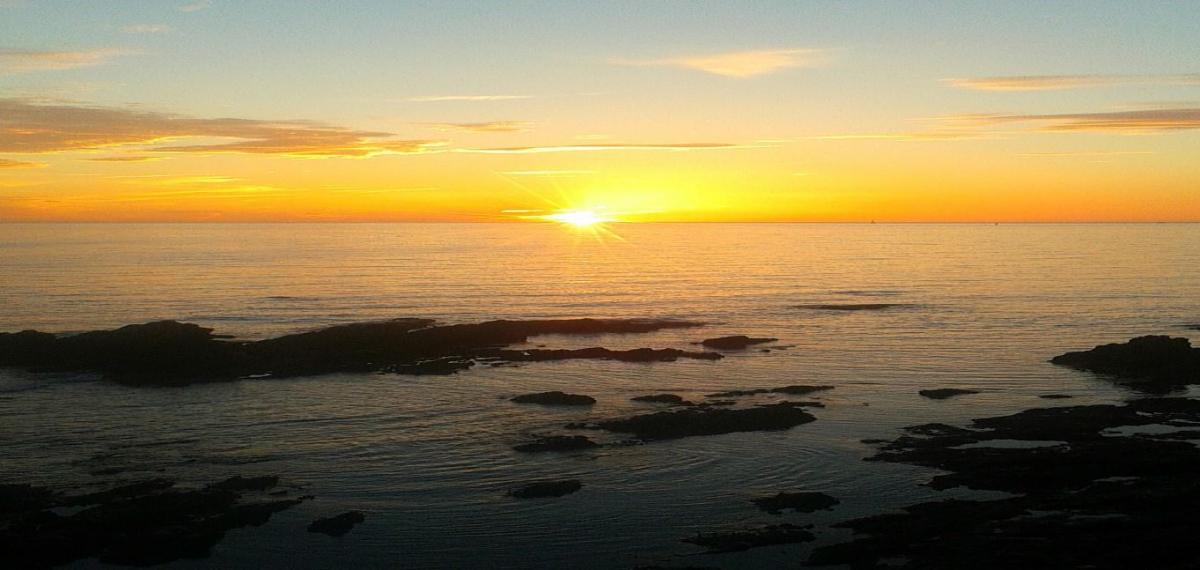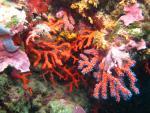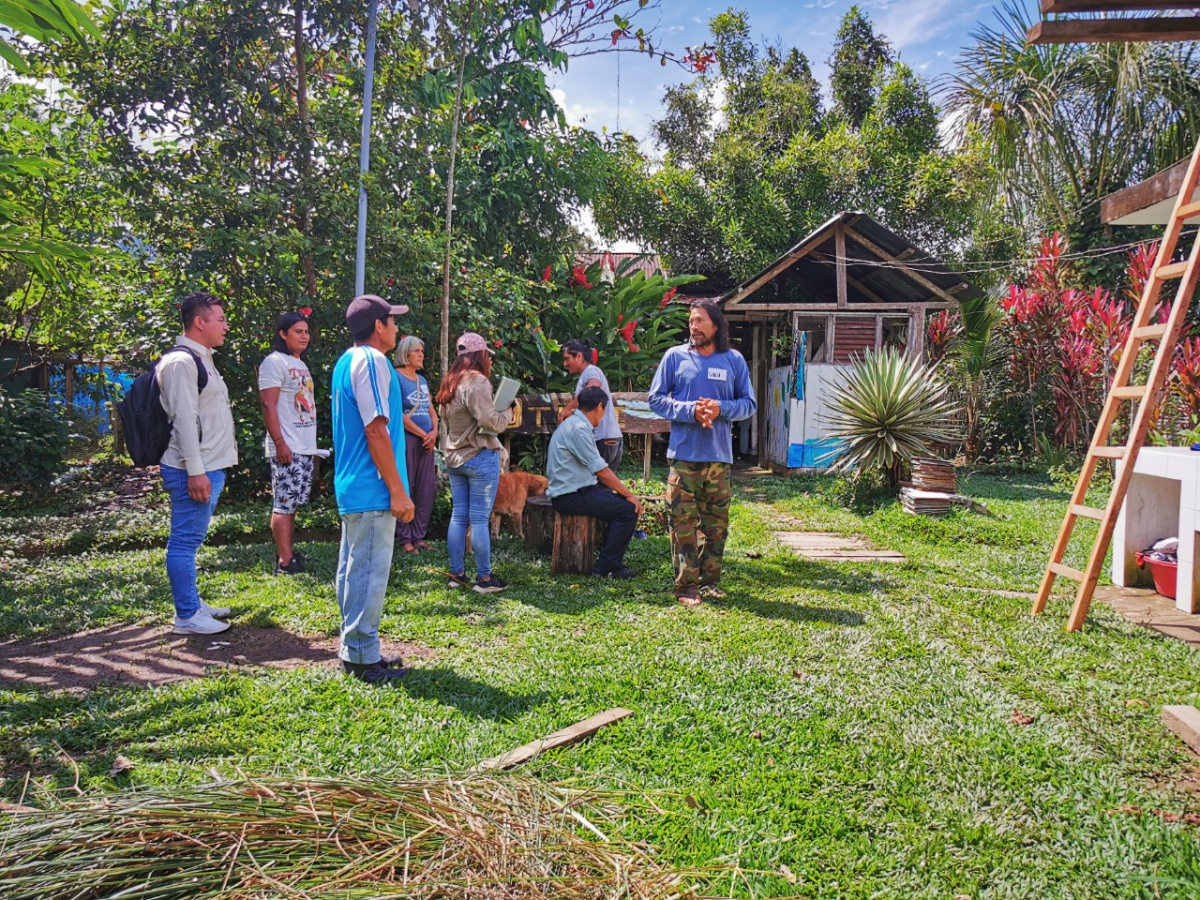The tourist-proof region of Cerbère-Banyuls
Cerbère-Banyuls Natural Marine Reserve is located on the Catalan coast of Southern France in Languedoc-Roussillon in the Midi-Pyrénées. It’s a small area, taking up 6.5 km of coastal waters, and covering just 650 hectares overall. It was founded in 1974 as the first Natural Marine Reserve in France from local concern for the area because of the pollution and degradation from tourism and fishing.

Photo: Frédéric Cadene
Cerbère is a commune that relies on tourism, so they wanted to get the local community involved and continue to let people to come enjoy its beauty, without harming the environment. The local community wanted people to enjoy the reserve but also keep it intact so that it can be enjoyed in the future. They agreed on basic management guidelines to maintain its natural values over time. It is now under constant surveillance by the General Council of Pyrénées-Orientales to ensure a long standing, healthy environment whilst still being able to contribute to research and bring revenue to the community. There has been a remarkable increase in the life of the flora and fauna during the last 40 years since its creation.
 Photo: Virginie Hartmann
Photo: Virginie Hartmann
It has incredible biodiversity from being quite deep close to the shoreline (it slopes to 60m deep, just two kilometers away from the shore in some areas) and from the vast amounts of minerals and nutrients brought near the shore by the wind. There are 1,200 animal species and 500 plant species, of which 49 are protected. The reserve is a safe zone for many endangered species which are threatened in other areas from pollution (sewage, metals and litter that make their way into the water), fishing (anchors) and impacts from too much human activity and pressure. The species affected from these are red algae (Lithophyllum spp.) and many different populations of shellfish, mollusks and others. Neptune Grass, (Posidonia oceanica) found in the shallow areas, is the most fundamental to the reserve as it provides oxygen and a place for fish to spawn. It is also listed in IUCN’s Red List of Threatened Species.
Access and activities permitted in the area are controlled in various ways. Now, all fishermen are required to always have a license on them at all times; they can only catch certain types of fish depending on how their relative biomass is at that moment. They also have to follow the local rules; always have secure material (anchors and trawling are banned) and go out only when the weather is suitable. There is a limit to the number of knots they can travel depending upon the zone of the reserve. As the locals helped set these regulations, they don’t mind respecting these rules, and actively prevent outsiders from trespassing or disturbing sensitive areas or species.
Scuba diving is the area’s biggest tourism attraction. Divers have to sign a paper to not touch anything or to place anything in the protected area. There is an underwater trail for the divers or even snorkelers to follow and the amount of diving in the area is monitored to ensure there is not too much disruption. To prevent the fishing boats from accidentally harming the divers, there is a speed limit for the boats and the depth of the area they can access so that no divers are harmed. Research in the area is also encouraged but it must be approved of ahead of time.
Lastly but not least, the Reserve provides an outdoors, underwater classroom to educate the future generations. More than 2,500 students visit Cerbères-Banyuls each year to participate in activities and learn how to become environmentally responsible and promote and value the area’s preservation for many years to come.
Based on 40 years of successful recovery and thriving growth of marine and coastal species, and fruitful involvement of the local community in managing the Reserve, Cerbères-Banyuls was recently recognised on the new IUCN Green List of Protected and Conserved Areas – one of the first marine protected areas globally to receive this recognition.
Article by Arusha Fleming, a youth intern with IUCN’s Global Protected Areas Programme



